1. No “Masculine” Traits Allowed
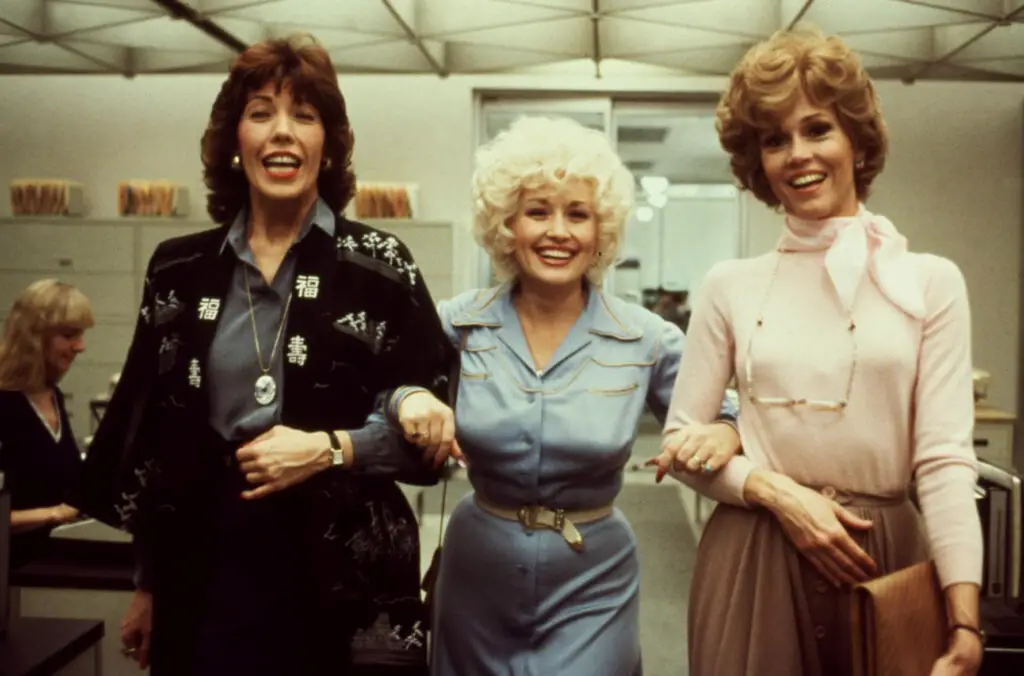
In the ’80s, women were expected to adhere to specific, highly feminine standards in the workplace. This meant that any hint of assertiveness or authority was often labeled as “too masculine.” Women were told to soften their tone, avoid raising their voices, and always maintain a nurturing, gentle demeanor. Assertiveness could easily be mistaken for aggression, a trait that was far more acceptable in men. The workplace was a place where women were expected to prove their value without stepping out of their prescribed gender roles. This created a culture where women constantly had to suppress their natural leadership instincts. They couldn’t be too bold or too confident without facing scrutiny. This environment often undermined women’s potential to truly thrive professionally shares Women Employed.
These outdated expectations stunted women’s growth and left many feeling like they had to walk on eggshells to be respected. To be successful, they had to navigate a narrow path where any deviation from feminine norms could result in negative consequences. The pressure to conform was especially intense in industries dominated by men, where being a “team player” often meant following the invisible rules set for women. Even when women were qualified, they often faced the challenge of having their leadership qualities dismissed as “too tough” or “intimidating.”
2. Dress Codes That Reinforced Gender Stereotypes

One of the most noticeable differences between how men and women were treated in the ’80s was the strict dress codes. Women were expected to wear skirts, dresses, and high heels, even in professions that didn’t require them. These expectations weren’t just about looking professional—they were about fitting into a gendered ideal that made women appear more “feminine.” Men, on the other hand, were allowed more flexibility with their clothing choices. They didn’t have to worry about their outfits drawing attention or being scrutinized for showing too much skin adds Harvard.
This gendered dress code put unnecessary pressure on women to dress in a way that could be both uncomfortable and impractical. High heels, in particular, became a symbol of this expectation, despite the physical discomfort they caused. Women often had to balance looking professional with battling the pain of footwear that wasn’t designed for comfort. The underlying message was clear: women had to dress a certain way to be taken seriously. If they didn’t conform to this ideal, they were often labeled as unprofessional or not “trying hard enough.”
3. Sexual Harassment Was Often Ignored
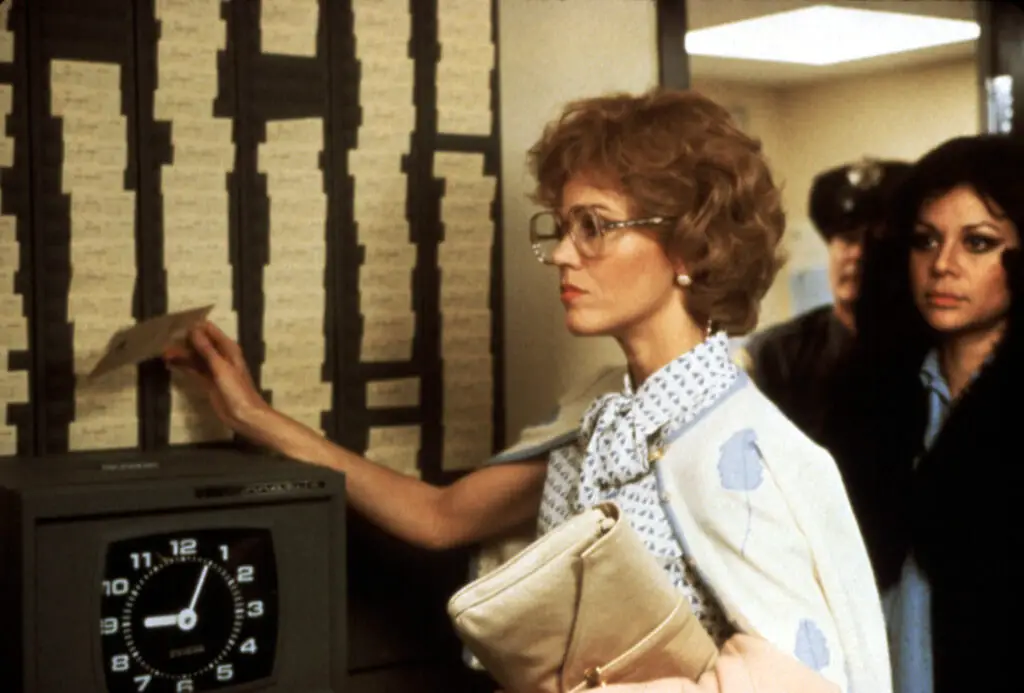
The ’80s were a time when sexual harassment was, unfortunately, often overlooked or even normalized in many workplaces. Women frequently had to deal with unwanted advances, inappropriate comments, or even physical harassment without much support from their employers. In many cases, these issues were brushed off as “part of the job” or simply ignored altogether. If a woman complained, she was often blamed for drawing attention to the issue rather than receiving support for standing up for herself says the Atlantic.
This lack of acknowledgment made it even harder for women to feel safe and respected at work. They were often faced with a difficult decision: stay silent and keep their job or speak up and risk facing retaliation. The absence of clear policies or supportive environments for women only reinforced the notion that their discomfort was secondary to workplace dynamics. It wasn’t until the late ’80s and early ’90s that sexual harassment began to gain more widespread attention adds MarketWatch.
4. Limited Career Advancement for Mothers
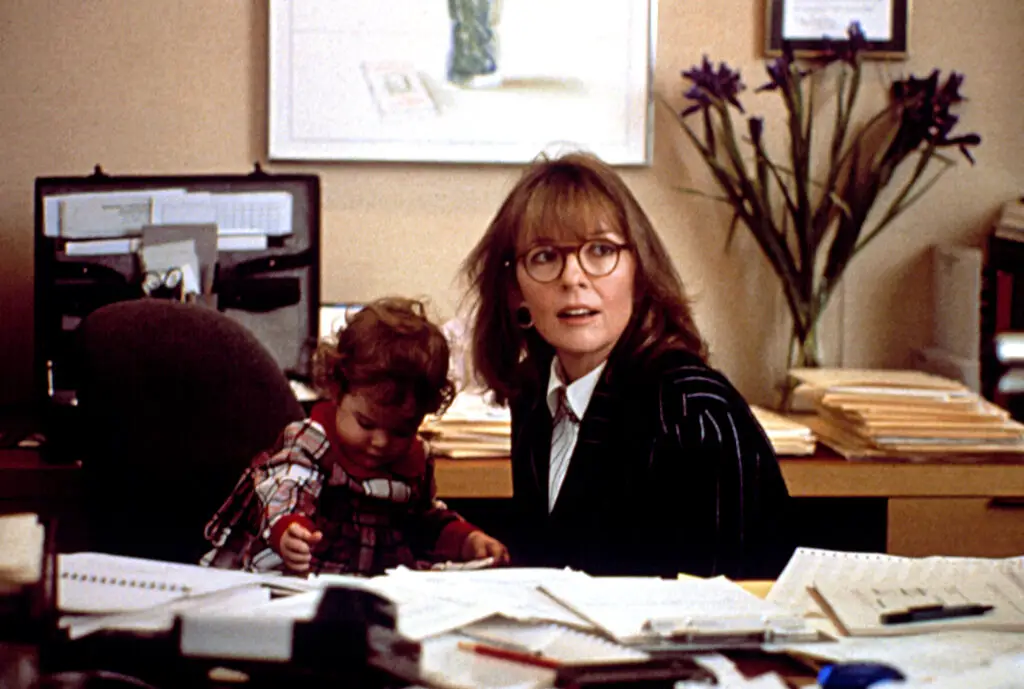
For women in the ’80s, the pressure to choose between career success and motherhood was a heavy burden. If a woman had children, her commitment to her job was often questioned. She was assumed to be less dedicated or less available, even if she was highly qualified and capable. Maternity leave was rarely paid, and it often meant putting one’s career on hold for months. After returning to work, many mothers faced an uphill battle to regain the same opportunities they had before.
These attitudes reflected a broader societal belief that women’s primary role was in the home. Working mothers were constantly balancing the demands of family life and professional expectations, often to the detriment of their careers. As a result, many women found themselves either sidelined or passed over for promotions simply because they had children. The idea that women couldn’t “have it all” was ingrained in the workplace culture, and it left many mothers feeling undervalued.
5. The “Glass Ceiling” Was Real and Unspoken

The ’80s saw the rise of the “glass ceiling,” a term used to describe the invisible barrier that prevented women from reaching top positions in their careers. While women were making strides in the workforce, there were still limited opportunities for them to ascend to leadership roles. The glass ceiling wasn’t something that was discussed openly, but it was a very real obstacle that many women encountered. Despite being highly qualified, many women were passed over for promotions or leadership opportunities in favor of their male counterparts.
This issue was particularly prominent in male-dominated fields like finance, technology, and law, where women faced both overt and subtle discrimination. There were often unspoken biases about women being too emotional or too inexperienced for leadership positions. These barriers created an environment where women had to work twice as hard to prove themselves, only to find themselves stuck in lower-level positions without a clear path to advancement.
6. Women Were Expected to Do the “Secretarial” Tasks

Even though women were entering the workforce in greater numbers, many were still expected to take on traditional “secretarial” roles, even if they weren’t officially secretaries. Tasks like taking notes, organizing meetings, making coffee, and managing schedules were often delegated to women, regardless of their job title. These assignments were seen as part of a woman’s “duties” in the office, and men rarely had to perform them.
This reinforced the stereotype that women were best suited for administrative support roles. It also contributed to a feeling of frustration, as women were often forced into these duties while their male colleagues were free to focus solely on their professional responsibilities. Even women in management positions found themselves expected to handle administrative work, leading to resentment and a sense of being undervalued.
7. Women Were Paid Less for the Same Work

The wage gap was a glaring issue for women in the ’80s, and it continued to persist despite the progress that had been made in other areas. Women who did the same work as men often received less pay for it, and this inequality was rarely addressed. Many women were discouraged from negotiating their salaries, as it was often seen as “unladylike” to ask for more money. They were expected to accept lower pay, even if they had similar qualifications and experience to their male colleagues.
This pay disparity was particularly evident in fields like technology, medicine, and business, where women were underpaid compared to their male counterparts. Even though women were increasingly entering the workforce in high numbers, they still faced significant barriers when it came to fair compensation. This imbalance made it harder for women to build financial independence or achieve long-term career success.
8. Limited Access to Leadership Training
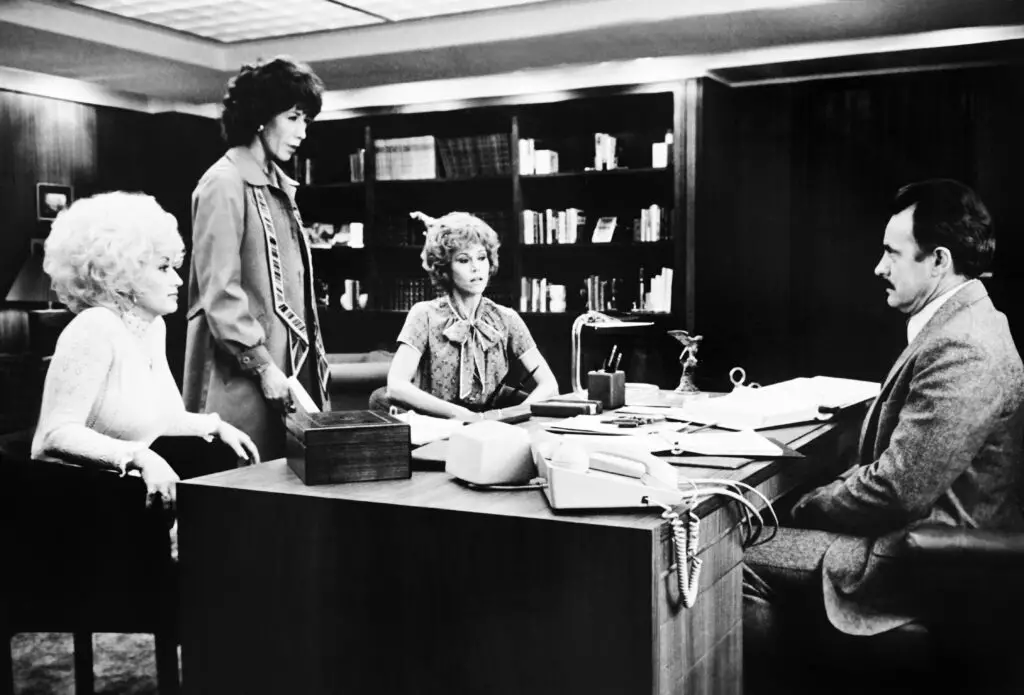
In the ’80s, women were often left out of the leadership training opportunities that were given to their male colleagues. Men were more likely to be mentored by senior executives or given chances to build the skills necessary to move up the corporate ladder. Women, on the other hand, were frequently overlooked for these programs, which made it harder for them to gain the necessary experience to advance in their careers.
Without access to leadership training, many women found themselves stuck in lower-level positions, unable to break through the invisible barriers holding them back. This created a system where men were groomed for leadership roles while women had to work twice as hard to prove themselves. The lack of support for women in the form of training or mentorship reinforced the idea that leadership was inherently a male-dominated domain.
9. Limited Maternity Leave and No Paternity Leave
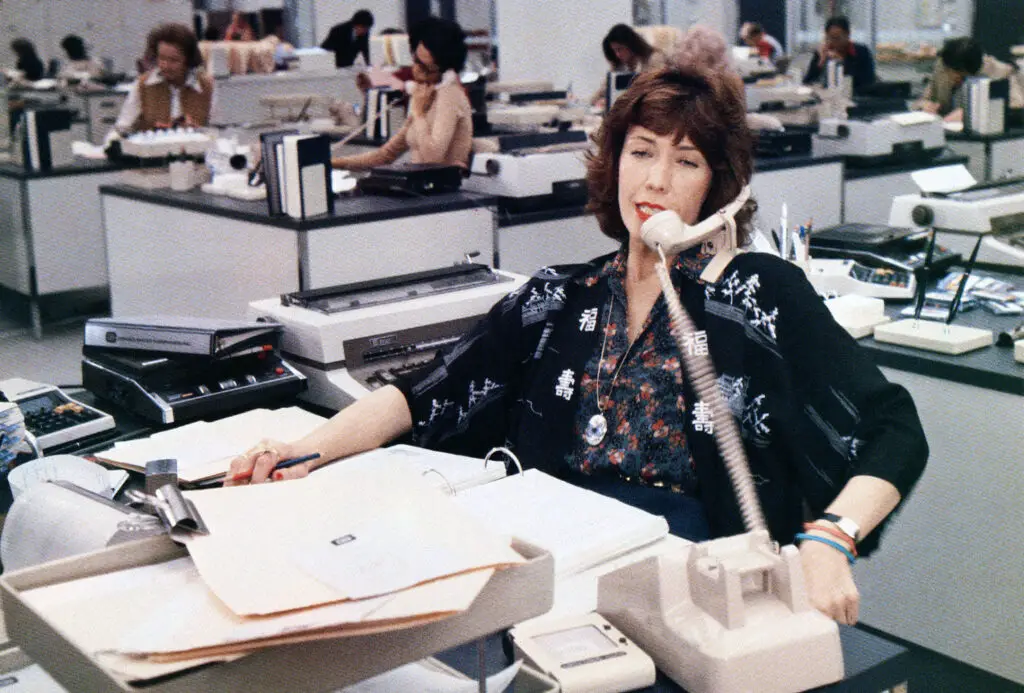
Maternity leave policies were notoriously inadequate for women in the ’80s, and many women were expected to return to work soon after giving birth. In some cases, women were forced to return to their jobs just weeks after childbirth, with little to no support from their employers. The lack of paid maternity leave made this even more difficult, as many women had to choose between taking time off to care for their newborns or returning to work out of financial necessity.
Meanwhile, paternity leave was virtually unheard of, and fathers were expected to return to work without any consideration for their roles as caregivers. This reinforced the idea that only women should take on the primary responsibility of raising children, while men were allowed to continue their careers uninterrupted. The lack of parental leave policies that considered the needs of both parents reflected the deeply ingrained gender norms of the time.
10. Women Were Expected to Smile More
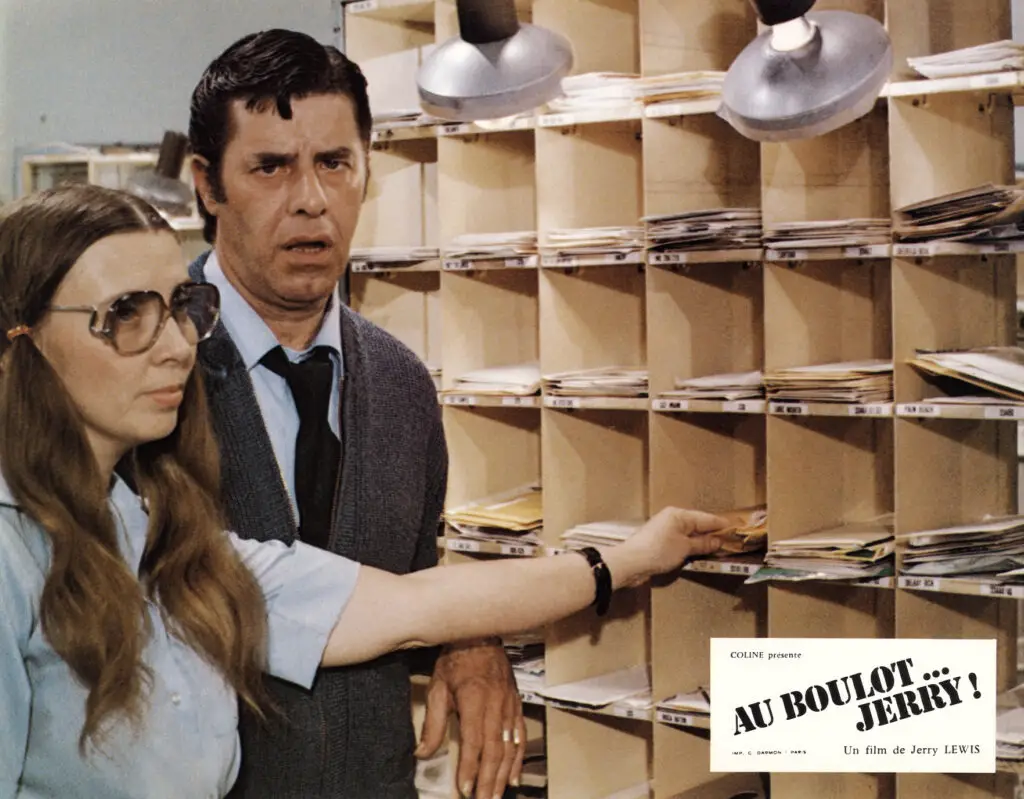
There was an odd expectation in the ’80s that women should always be smiling at work, especially in customer-facing roles. The idea was that women had to appear friendly and approachable at all times, regardless of their mood or how they were feeling. A woman who didn’t smile often found herself labeled as “cold” or “unfriendly,” even if she was simply focused on her work. Men, on the other hand, were rarely pressured to maintain a constant grin throughout the day.
This pressure to smile created an environment where women felt they had to constantly monitor their facial expressions, even when they were under stress or feeling frustrated. It added to the emotional labor that women already carried in the workplace. This expectation reinforced the notion that women were there to be pleasing and pleasant, rather than to contribute to the workforce in ways that weren’t related to their appearance or demeanor.
11. Being Too “Friendly” Could Be Dangerous
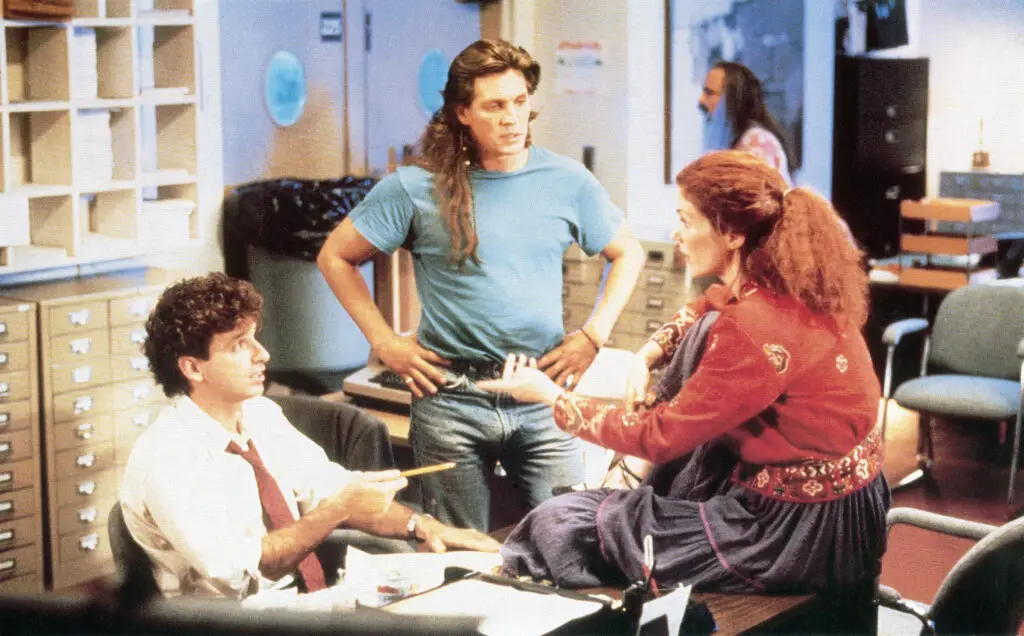
While women were expected to smile and be approachable, they also had to be careful not to be too friendly with male colleagues. In the ’80s, the line between professional and personal was often blurred, and women had to navigate these waters carefully to avoid being seen as “too familiar” or “flirty.” If a woman was overly friendly, she could be labeled as unprofessional, and her credibility could be questioned.
This created a complicated balancing act, where women had to appear both warm and distant at the same time. If they didn’t, they risked facing judgment for not adhering to strict gender norms. The pressure to find this balance was often exhausting, as women were forced to constantly adjust their behavior depending on the situation. These expectations reinforced the idea that women had to adhere to rigid social rules in the workplace to maintain their professional standing.
12. Women Were Expected to Work Twice as Hard to Be Taken Seriously
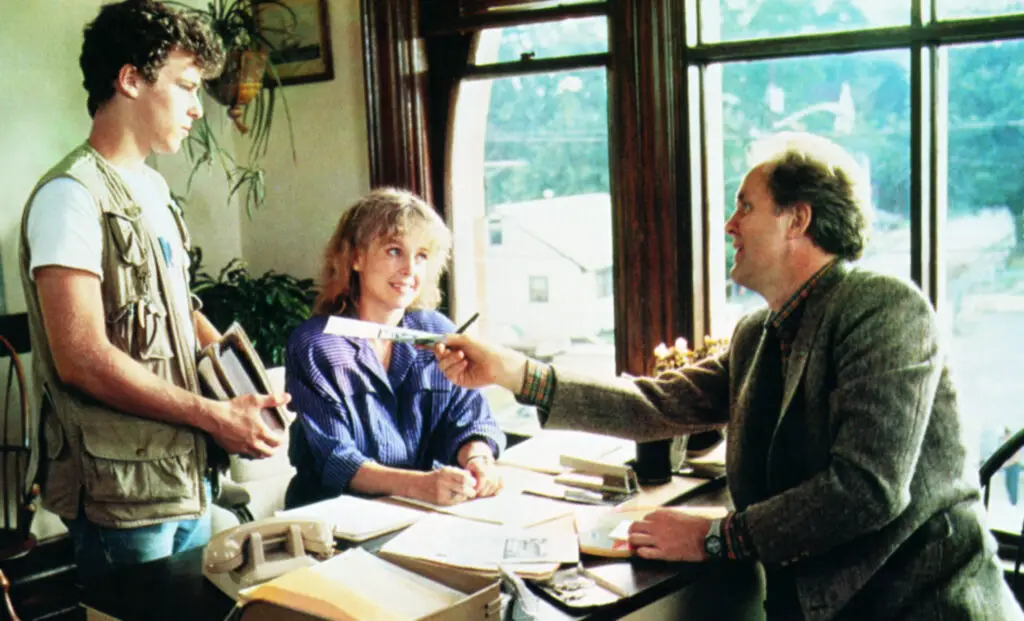
In the ’80s, women often felt the need to prove their worth by working twice as hard as their male counterparts to be taken seriously. This pressure was particularly prevalent in industries where women were still in the minority. They were often expected to perform better than men just to gain the same level of respect. The idea that women were naturally less capable than men was still prevalent, and women had to work relentlessly to combat this stereotype.
This led to burnout for many women, as they pushed themselves to exceed expectations and constantly prove their value. Despite their hard work, women were still often overlooked for promotions or leadership roles. This mentality not only stunted women’s professional growth but also created a toxic workplace culture where the value of women’s contributions was consistently downplayed.
13. Networking Was Gendered
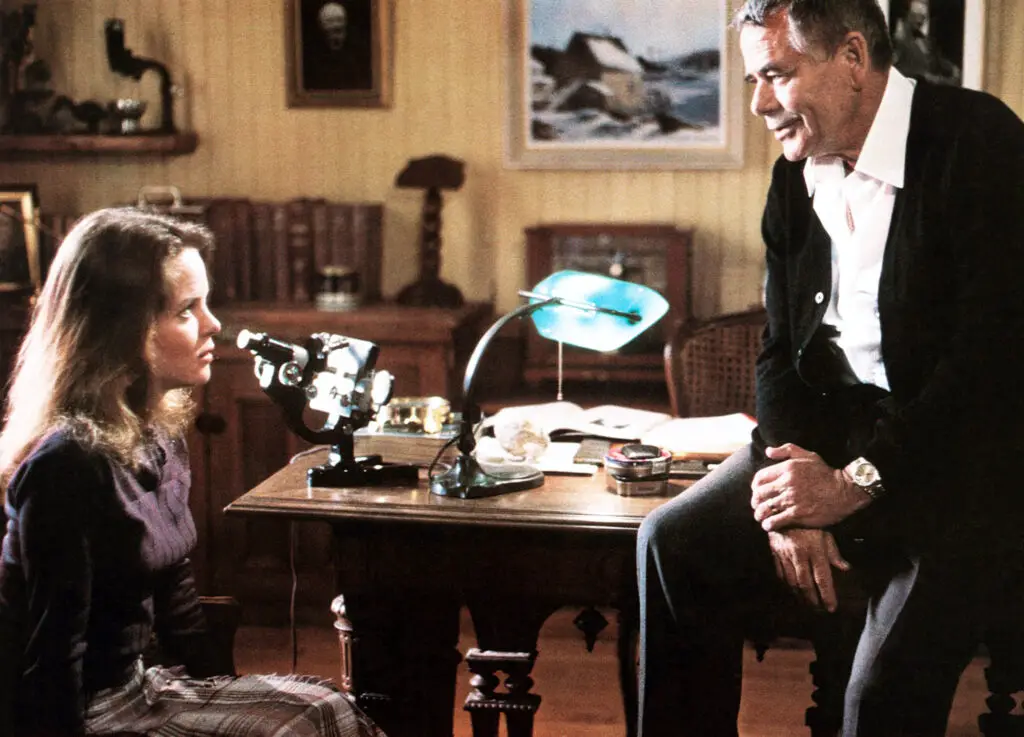
Networking opportunities in the ’80s were often gendered, with women excluded from many of the informal or male-dominated events where key decisions were made. Men typically networked over drinks or golf, and women weren’t always welcome in these settings. If they did participate, they were often treated as outsiders or expected to adhere to gendered expectations of behavior.
This exclusion made it difficult for women to form the professional relationships necessary for career advancement. Without access to these informal networking spaces, women had to work harder to create their own opportunities. This left many feeling isolated and disconnected from the career-building opportunities available to their male colleagues.
